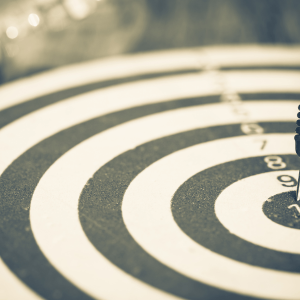Introduction to SMART Goals
Are you ready to embark on your fitness journey, but not sure where to start? Setting goals is crucial for success in any endeavor, and fitness is no exception. In this lesson, we’ll explore the concept of SMART goals and learn how to create achievable objectives that keep you motivated and on track.
Imagine this: You’ve decided to get in shape, so you set a vague goal like “I want to lose weight” or “I want to be healthier.” After a few weeks, you may start feeling discouraged, as you’re unsure if you’re making progress or how to measure your achievements. This is where SMART goals come in.
The Power of SMART Goals
SMART is an acronym for Specific, Measurable, Achievable, Relevant, and Time-bound. By setting SMART goals, you can create a clear roadmap for your fitness journey, making tracking progress, staying motivated, and celebrating your achievements easier.
Let’s break down each component of SMART goals:
- Specific: Clearly define what you want to achieve. Instead of “I want to lose weight,” try “I want to lose 10 pounds.”
- Measurable: Determine how you’ll track your progress. You might measure your progress in pounds or inches lost for weight loss.
- Achievable: Set realistic goals that are challenging but possible to attain. Losing 50 pounds in a month is unlikely, but losing 10 pounds in three months is more achievable.
- Relevant: Ensure your goals align with your overall objectives and values. If your primary goal is to improve cardiovascular health, focus on goals related to endurance and heart rate.
- Time-bound: Set a deadline for your goal. This creates a sense of urgency and helps you stay focused.
Crafting Your SMART Goals
Now that you understand the components of SMART goals let’s put them into practice. Follow these steps to create your own SMART fitness goals:
- Identify your primary objective: Determine the main purpose of your fitness journey, such as weight loss, muscle gain, or improved health.
- Break it down into smaller goals: Divide your primary objective into smaller, more manageable goals. For example, if your goal is to lose 30 pounds, break it down into three smaller goals of losing 10 pounds each.
- Make each goal SMART: Apply the SMART criteria to each smaller goal, ensuring they are specific, measurable, achievable, relevant, and time-bound.
Questions to Guide Your Goal Setting
As you create your SMART goals, consider the following questions:
- What is my ultimate fitness objective?
- What smaller, achievable goals can I set to help me reach that objective?
- How can I measure my progress towards each goal?
- Are my goals realistic and achievable within a reasonable timeframe?
- How do these goals align with my overall values and priorities?
Activity: Setting Your SMART Fitness Goals
Take a few minutes to reflect on your fitness objectives and create three SMART goals. Write them down and keep them in a visible place to serve as a daily reminder of your commitment to your fitness journey.
Key Takeaway
Remember, SMART goals are the foundation of a successful fitness journey. By setting specific, measurable, achievable, relevant, and time-bound objectives, you’ll have a clear roadmap to guide you towards better health and fitness.
Conclusion
Now that you have a solid understanding of how to set effective goals, you’re one step closer to success in your fitness journey. The next lesson will explore strategies for creating a personalized fitness plan that aligns with your SMART goals.

